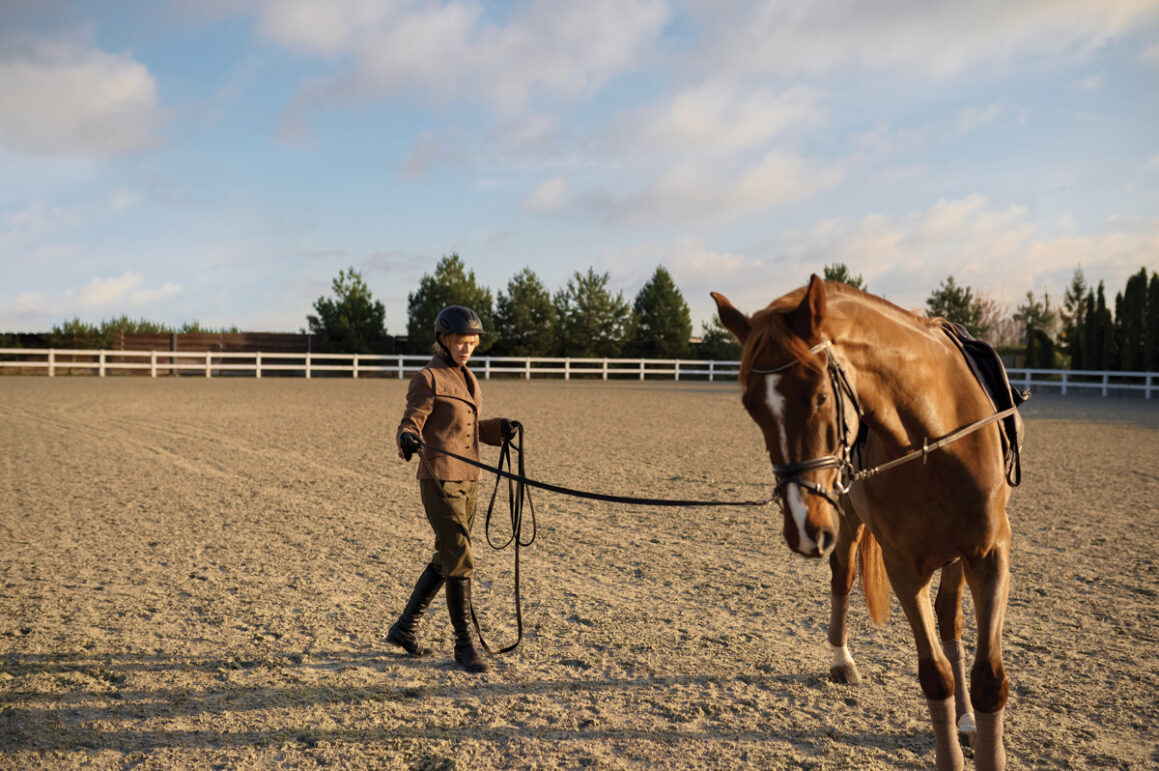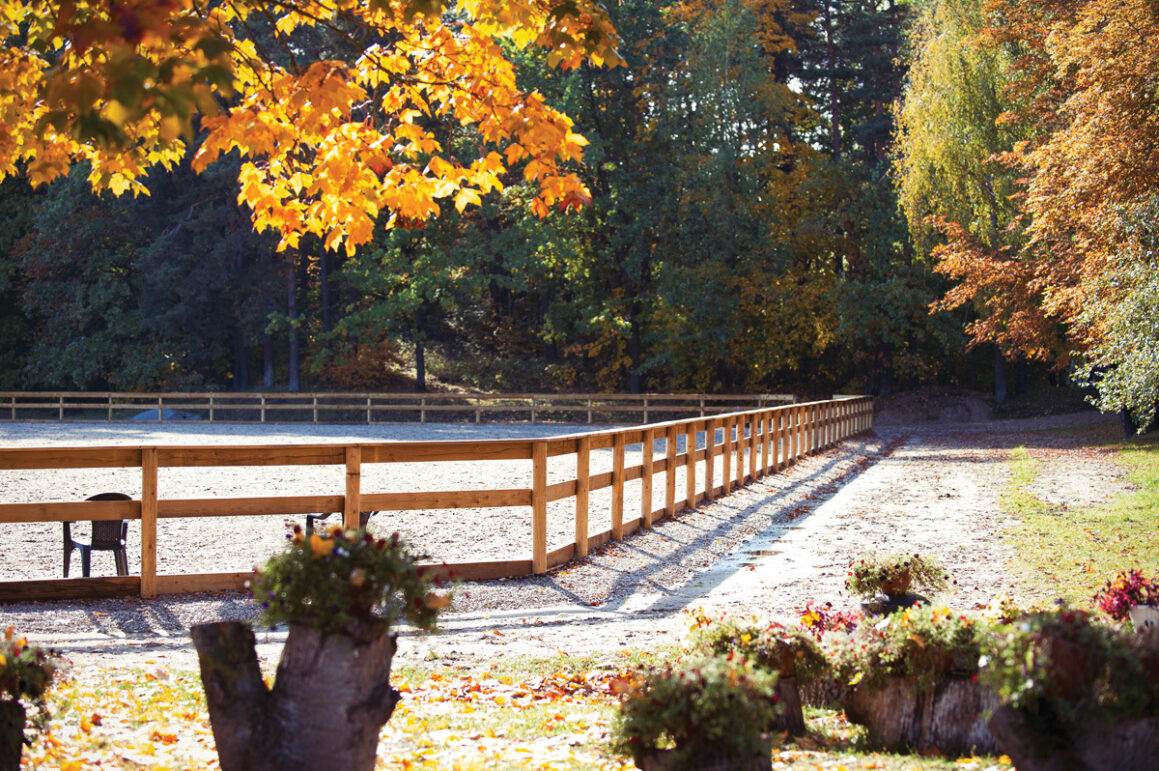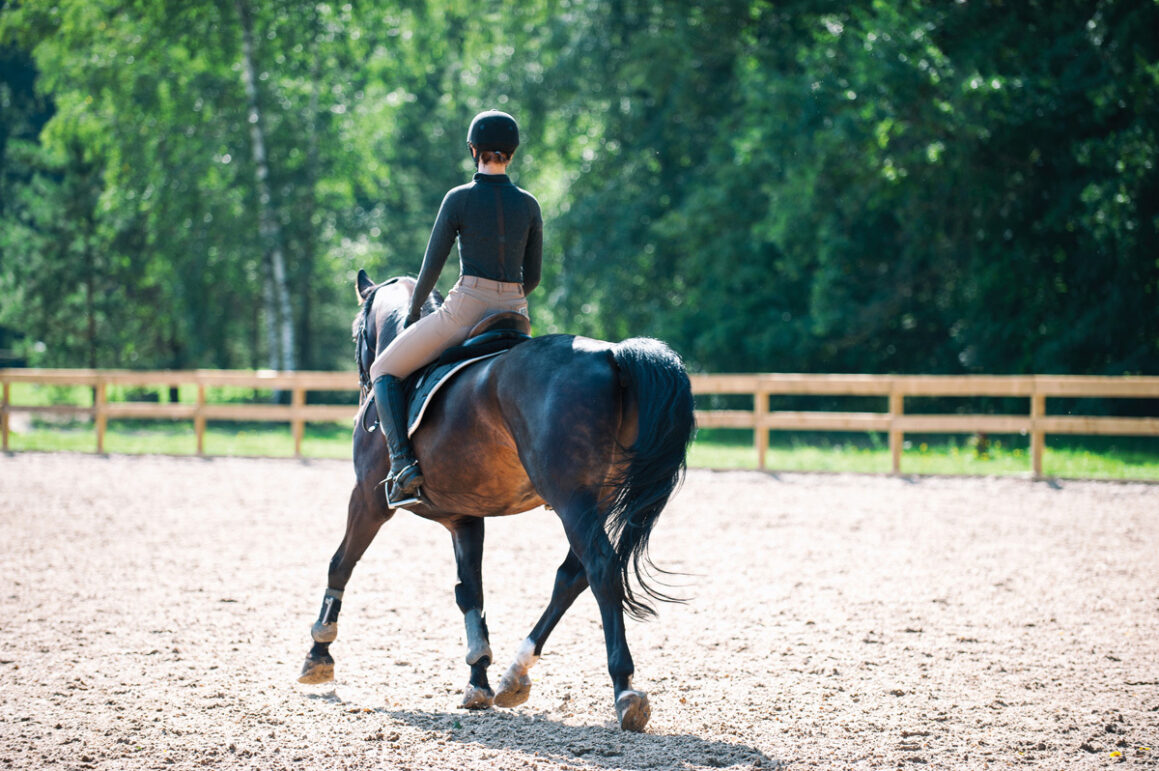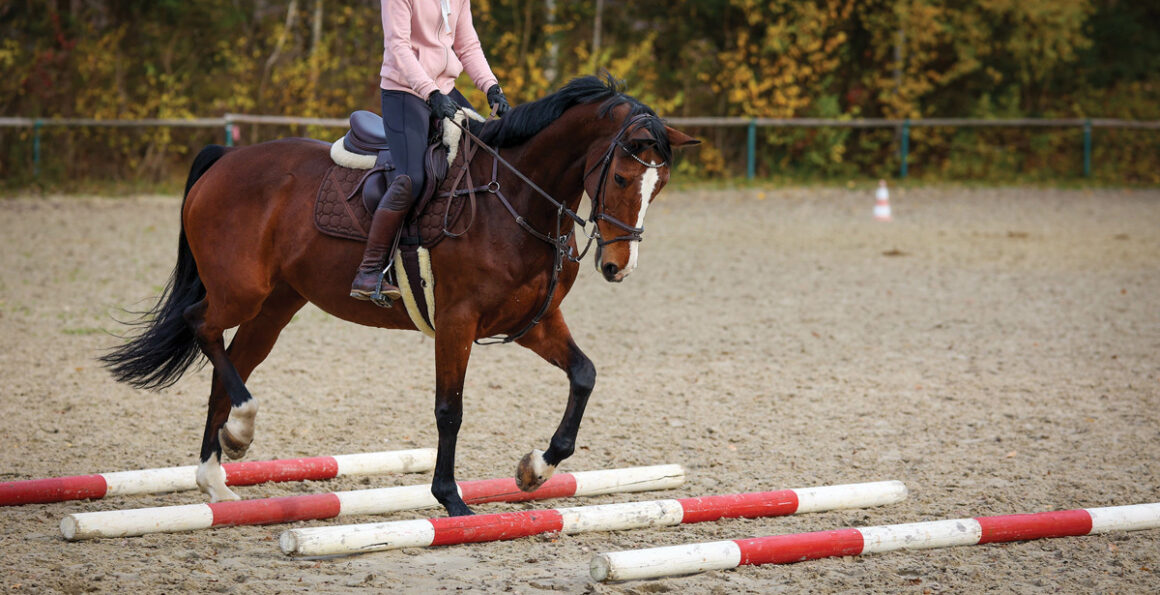Building and Maintaining an Outside Horse School
Creating an outdoor horse school, also known as a riding arena, is an exciting project that can significantly enhance your equestrian facilities. A well-designed and properly maintained horse school provides a safe and effective training environment for both horses and riders. Here’s a comprehensive guide on how to build and maintain an outdoor horse school. Building and maintaining an outdoor horse school requires careful planning, quality materials, and regular upkeep. By following these guidelines, you can create a safe and functional space for training and enjoying your horses. A well-maintained arena not only enhances the performance of both horse and rider but also contributes to the longevity of your investment. Whether you’re building a new arena or upgrading an existing one, the effort you put into your horse school will pay off in countless hours of safe, enjoyable riding.
Planning and Design
Choosing the right location for your horse school is crucial. Look for an area with good drainage to prevent water accumulation and flooding. The site should be level or slightly sloped to facilitate drainage. Avoid low-lying areas that can become muddy or waterlogged.
Size and Shape
The size of your arena will depend on the types of activities you plan to conduct. For dressage, a standard arena is 20×60 meters, while for general riding and jumping, a larger area like 40×60 meters is ideal. The shape is typically rectangular, but you can customize it to fit your available space and specific needs.
Surface Material
The surface material is one of the most critical aspects of your horse school. A good footing ensures the safety and comfort of your horses. Common materials include sand, rubber, wood chips, and a combination of these. The footing should provide good traction, minimize dust, and reduce the impact on horses’ joints.
CONSTRUCTION
Foundation Preparation
Start by clearing the area of vegetation and debris. The foundation must be stable and well-drained. Excavate the topsoil and lay a base layer of crushed stone or gravel. This layer should be compacted to create a solid foundation that promotes drainage.
Installing the Footing
Once the base is prepared, the next step is to install the footing material. Spread a layer of your chosen surface material evenly across the arena. The depth of the footing should be around 4 – 6 inches, depending on the material used. Ensure the surface is level and smooth.
Fencing
Fencing around the arena is essential for safety. It helps keep the horses within the designated area and prevents outside distractions. Choose a sturdy, horse-friendly fencing material. Wood or vinyl fencing is popular, and the height should be at least 4 feet to prevent horses from jumping out.
Drainage Systems
Proper drainage is vital to maintain the integrity of the arena surface. Install French drains or perforated pipes around the perimeter to direct water away from the arena. A well-drained arena will be usable even after heavy rainfall and will reduce the risk of mud-related injuries.
MAINTENANCE
Regular Dragging
To keep the footing even and prevent the formation of hard spots or ruts, drag the arena regularly using a harrow or arena drag. The frequency of dragging depends on the amount of use the arena gets, but weekly maintenance is a good rule of thumb.
Moisture Management
Maintaining the right moisture level in the footing is essential. Too much water can make the surface slippery and hazardous, while too little can lead to dust and hard ground. Water the arena as needed to keep the footing in optimal condition.
Weed Control
Weeds can quickly take over an outdoor arena if not managed properly. Regularly inspect the arena and remove any weeds by hand or use a non-toxic herbicide that is safe for horses.
Surface Replenishment
Over time, the footing material will break down and compact, reducing its effectiveness. Periodically top up the surface with fresh material to maintain the desired depth and quality.
Inspection and Repairs
Regularly inspect the arena for any signs of wear and tear. Check the fencing for damage, ensure the drainage system is functioning correctly, and look for any uneven areas in the footing. Promptly repair any issues to prevent them from becoming bigger problems.
Winter Maintenance
In colder climates, maintaining an outdoor arena during winter can be challenging. Consider using a winter footing additive, such as rubber or wood chips, to help prevent the surface from freezing. Snow removal may also be necessary to keep the arena usable.



